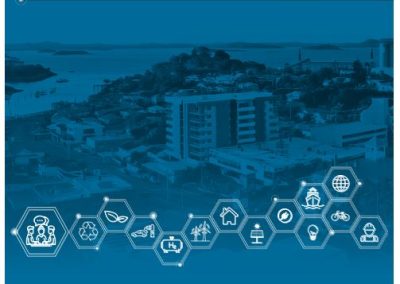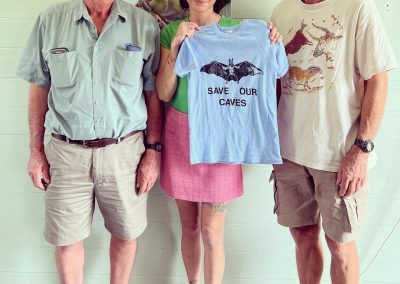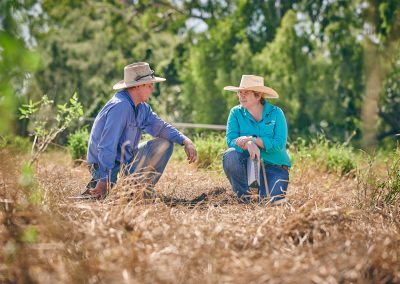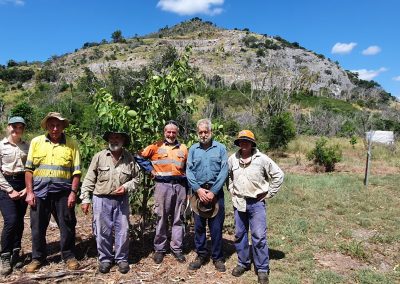Our plan for Soil
The biggest challenge we face is identifying and implementing management practices on a broad enough scale to halt and reverse active erosion sites and prevent further soil decline across the many tenures, land uses, land types and properties in our region. While we have access to soil mapping, geological data, and monitoring and modelling systems in place, many unknowns and error margins still exist. Changing weather patterns and hydrological systems, and the resultant changes in landcover and human activity present additional complexities in determining the best path forward. To date, much of the focus has been on reducing end-of-catchment sediment and nutrient loads that harm waterways and the Great Barrier Reef. Ensuring appropriate end-of-dry season biomass for each land type across the region, through integrated land management practices, is our surest path to safeguarding our soils and helping everything downstream.
Key attribute – Soil quality
Goal 1 – Condition and extent of stable and/or productive lands is maintained or improved
Strategies:
| 21. Build knowledge and awareness about soil health management techniques. |
| 22. Promote and support management practices that identify and preserve high-quality soils. |
| 23. Promote and support management practices that best maintain and build soils. |
| 25. Promote and support management practices that restore degraded sites. |
| 27. Promote and support management practices that effectively maintain ground cover/biomass. |
| 33. Increase green spaces in populated areas |
| 31. Promote and support management practices that minimise the impacts of weed and pest species. |
| 24. Build knowledge and awareness about the extent of degraded lands and rehabilitation techniques. |
Achieving this target also benefits these assets and drivers:
Goal 2 – Soil integrity and retention across region is maintained or improved
- Target 1: 90% of agricultural lands have greater than 70% of ground cover in the late dry season until such time as appropriate biomass levels are determined
- Target 2: Footprint of known active erosion and problem soil sites is stable or declining
- Target 3: Extent and quality of known healthy soils is maintained or increased
Strategies:
| 21. Build knowledge and awareness about soil health management techniques. |
| 24. Build knowledge and awareness about the extent of degraded lands and rehabilitation techniques. |
| 33. Increase green spaces in populated areas |
| 26. Build knowledge and awareness about end-of-dry season groundcover/biomass standards by land type. |
| 27. Promote and support management practices that effectively maintain ground cover/biomass. |
Achieving this target also benefits these assets and drivers:
Strategy:
| 21. Build knowledge and awareness about soil health management techniques. |
| 23. Promote and support management practices that best maintain and build soils. |
| 24. Build knowledge and awareness about the extent of degraded lands and rehabilitation techniques. |
| 25. Promote and support management practices that restore degraded sites. |
Achieving this target also benefits these assets and drivers:
Strategies:
| 21. Build knowledge and awareness about soil health management techniques. |
| 22. Promote and support management practices that identify and preserve high-quality soils. |
| 23. Promote and support management practices that best maintain and build soils. |
| 31. Promote and support management practices that minimise the impacts of weed and pest species. |
Achieving this target also benefits these assets and drivers:
On-ground Action

Gladstone Region Economic Transition Roadmap 2022-2032

Protecting Biodiversity since ’73!: Capricorn Conservation Council

Bringing Nature back to Frenchmans Creek, Rockhampton: CQUniversity

Fitzroy Basin Association: Australian Government Funded Projects
